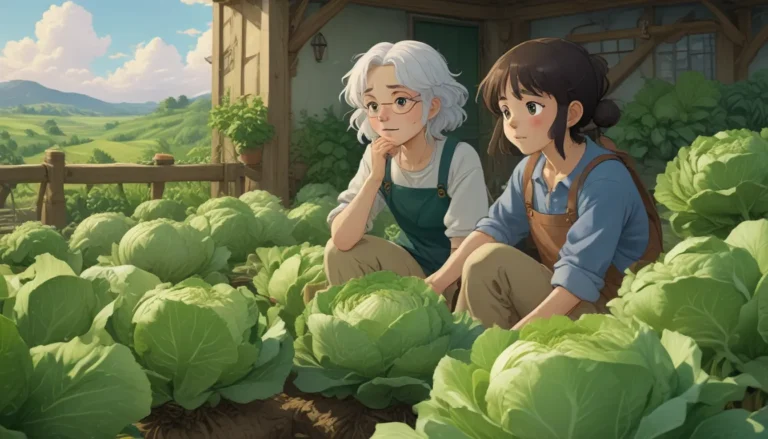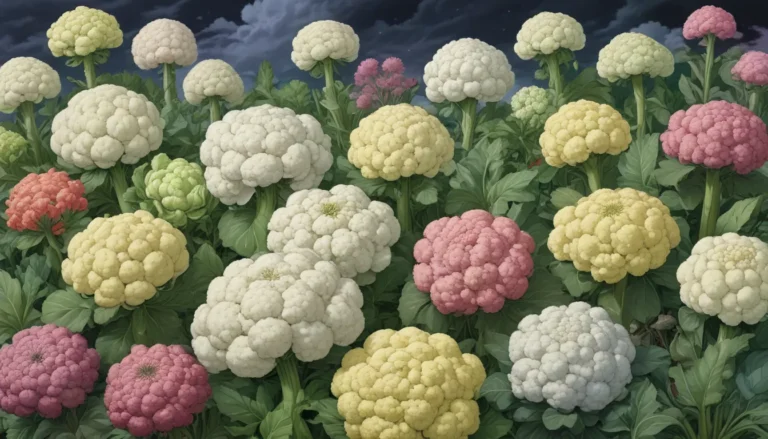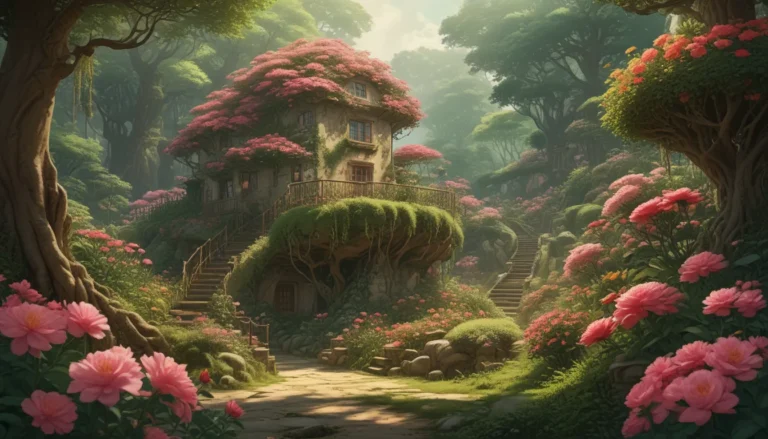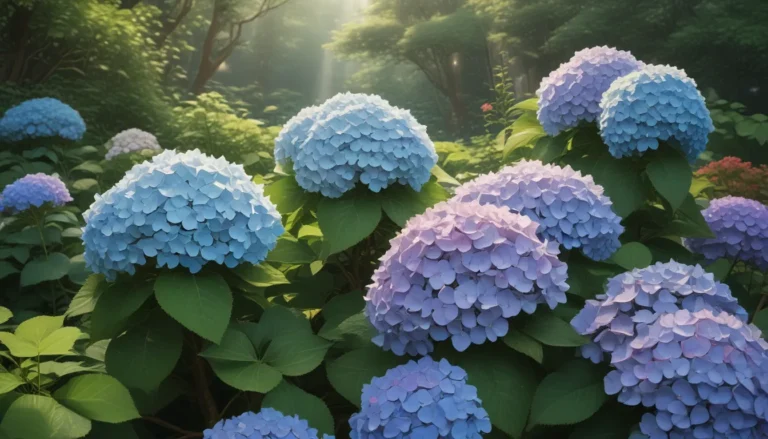Comprehensive Guide on Growing and Caring for Bergenia Flowers
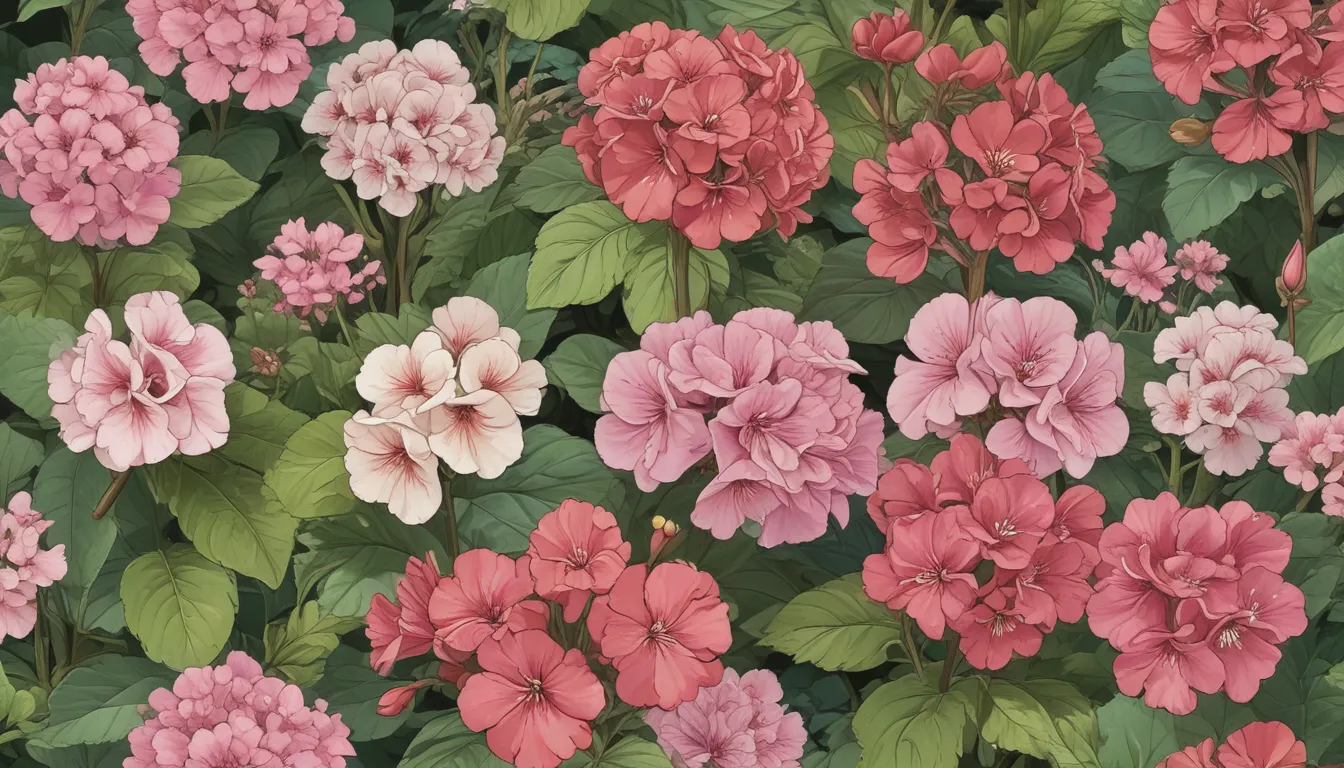
If you’re a plant enthusiast like me, it’s easy to fall head over heels for a new plant, especially when you come across stunning photos like those of Bergenia flowers. Their glossy leaves and gorgeous flowers are truly irresistible.
Bergenia, also known as pigsqueak or elephant ears, is a genus of flowering perennials native to central Asia and Siberia. These plants are well adapted to a wide range of climates, from subfreezing winters to scorching summers. Their ability to thrive in adversities makes them an excellent addition to any garden.
Despite being popular in Europe for centuries, Bergenia is still an underappreciated plant in the US. These easy-care plants come in a variety of colors including pink, red, white, and purple, making them a versatile choice for any garden.
What You’ll Learn
In this comprehensive guide, we will cover everything you need to know about growing and caring for Bergenia flowers. Here’s a sneak peek at what you can expect to learn:
- What Is Bergenia?
- Cultivation and History
- Propagation
- How to Grow
- Growing Tips
- Maintenance
- Species to Select
- Managing Pests and Disease
- Best Uses
- Quick Reference Growing Guide
What Is Bergenia?
Bergenia, also known as pigsqueak, is a genus of 10 species of flowering perennials that originated from central Asia and Siberia. These plants get their alternate name “pigsqueak” from the sound their leaves make when rubbed between the fingers – akin to a pig’s squeal.
Other names for Bergenia include elephant ears, Siberian tea, and cobbler’s plant. These evergreen plants feature dark green leaves that turn reddish or purple in winter, complemented by stunning flowers in late winter or early spring.
Bergenia plants are shade-loving and adaptable, making them an excellent choice for under trees or in areas with poor soil. They are also deer and rabbit resistant and have few pest or disease issues.
Cultivation and History
Bergenia plants have a rich history, with roots dating back to the 18th century when they were collected by botanists and described by taxonomists. Over the years, the plants underwent several reclassifications before settling on their current name, Bergenia.
The most common cultivated species, Bergenia crassifolia, is a popular choice among gardeners. With various hybrids and cultivars developed in the 20th century, Bergenia plants continue to be a favorite due to their resilience and beauty.
Propagation
The best way to propagate Bergenia is through divisions of existing plants. By splitting the rhizomes every three to five years, you can create new plants and maintain the health of existing ones. Bergenia can also be grown from seeds, but this method requires more time and effort.
From Division
Dividing Bergenia plants is a simple process that involves splitting the rhizomes and replanting them in suitable locations. Dividing the plants every few years not only promotes new growth but also prevents the center from dying out.
From Seed
Growing Bergenia from seeds offers a chance to create new hybrids and varieties. By collecting and cold stratifying the seeds, you can start new plants both indoors and outdoors.
From Seedlings/Transplanting
Transplanting Bergenia seedlings into the garden is a straightforward process that involves spacing them adequately and watering them regularly until established. Large plants purchased from nurseries should be transplanted carefully to ensure successful growth.
How to Grow
Bergenia plants have specific growth requirements based on the climate in which they are grown. In warmer climates, they prefer partial shade and well-draining soil to thrive. On the other hand, in cooler climates, Bergenia can withstand full sun and benefit from wind protection during cold weather.
Warmer Climates
For gardeners in warmer climates, Bergenia plants may struggle with humidity and require careful placement to prevent heat stress. By providing afternoon shade and moderate watering, you can help these plants thrive in sunny conditions.
Cooler Climates
In cooler climates, Bergenia plants are more tolerant of full sun and frost. To protect the flowers from cold weather damage, consider planting them near windbreaks or other protective structures.
Soil and Watering
Good drainage is crucial for Bergenia plants, as they are susceptible to root rot when overwatered. In addition, maintaining soil pH and moisture levels within the optimal range will ensure healthy growth and beautiful flowers.
Growing Tips
- Do not overwater.
- Plant in soil with good drainage.
- Grow against a windbreak in cooler zones.
Maintenance
Bergenia plants are low-maintenance and require minimal care to stay healthy. By removing dead leaves in the spring and cutting dead flower stalks, you can promote new growth and maintain the plant’s appearance.
Species to Select
Bergenia offers a variety of species and cultivars to choose from, each with unique characteristics and growing requirements. Some popular species include:
- B. ciliata
- B. crassifolia
- B. emeiensis
- B. purpurascens
- B. stracheyi
Managing Pests and Disease
Bergenia plants are relatively resistant to pests and diseases, making them an excellent choice for beginner gardeners. With minimal care and attention, you can prevent common issues such as black vine weevils and fungal infections.
Best Uses
Bergenia is a versatile plant that can be used in various settings, including ground covers, mixed borders, and containers. Its attractive foliage, vibrant flowers, and low maintenance requirements make it a popular choice for gardens of all sizes.
In addition, the fragrant flowers of Bergenia can be used in floral arrangements and dried for long-lasting beauty.
By following these tips and guidelines, you can successfully grow and care for Bergenia flowers in your garden. Whether you’re a seasoned gardener or a beginner, Bergenia’s resilience and beauty make it a valuable addition to any landscape.
We hope this guide has inspired you to explore the world of Bergenia and unlock its full potential in your garden. If you have any questions or need further assistance, feel free to reach out to us in the comments section.
For more information on growing flowers and enhancing your garden, be sure to check out our other guides on Creeping Phlox, English Daisies, and Summer Snapdragon Flowers.
With Bergenia by your side, your garden will bloom with beauty and vitality year-round!
Happy Gardening!

